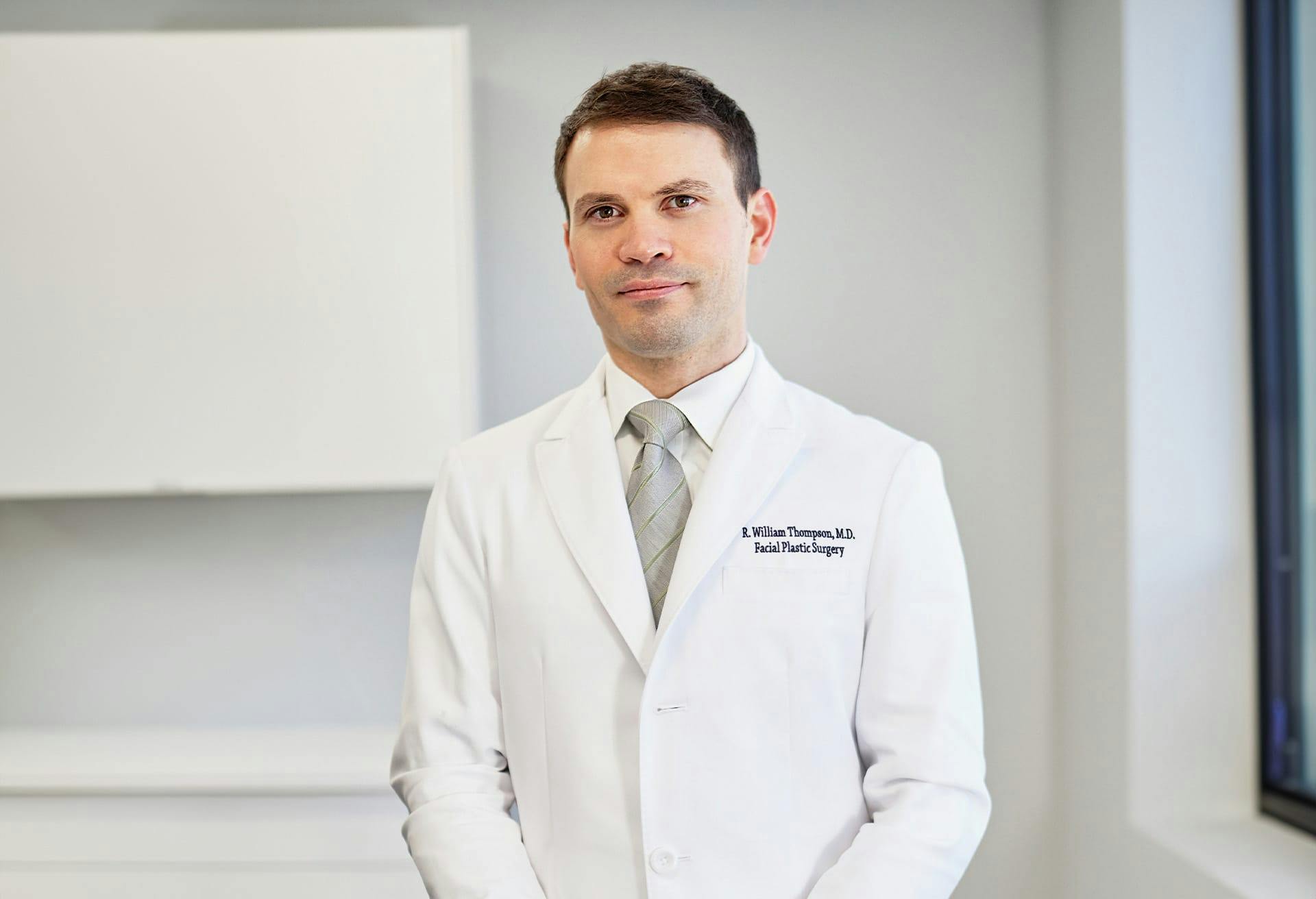For those looking to address unsightly, painful, or traumatic scar issues, this procedure may offer a gateway to a revitalized appearance and sense of self.
Is Scar Revision Right for Me?
Scar revision is highly personal; every patient will come to the procedure with a different motivation or goal.
With that in mind, patients who elect to have the procedure typically include the following:
- Those bothered by any scars on your body.
- Those in good physical health.
- Non-smokers.
- Those who are optimistic and realistic about their surgery.
- Those without active acne or other skin conditions in the affected region.










